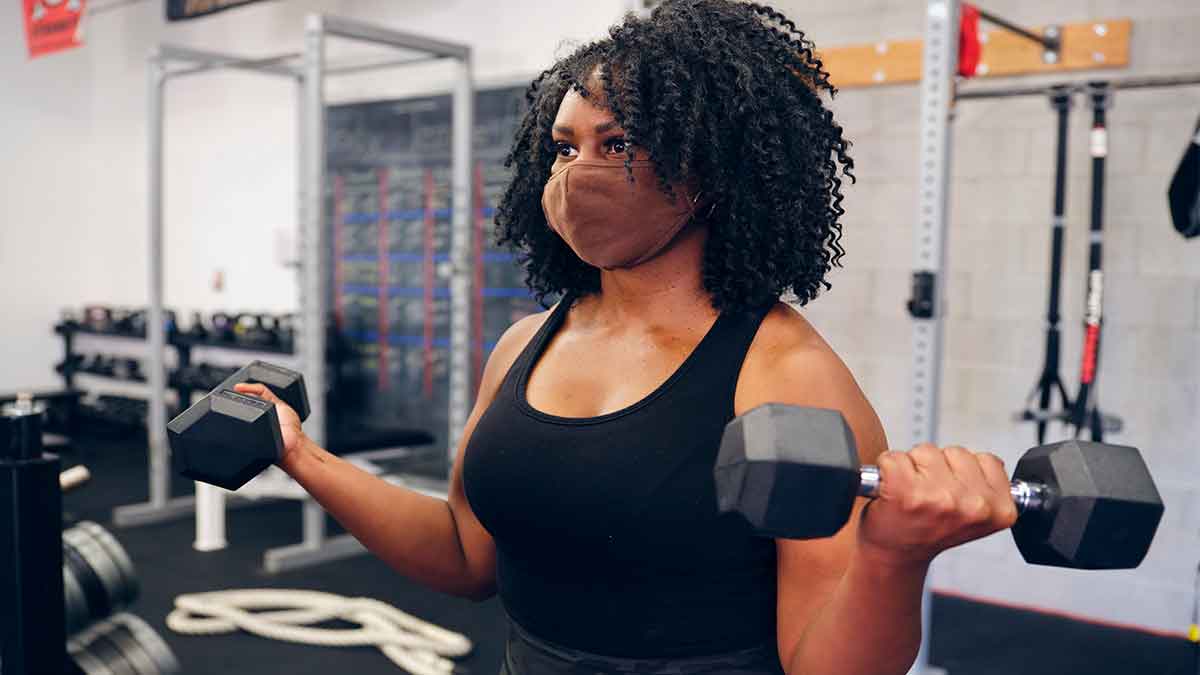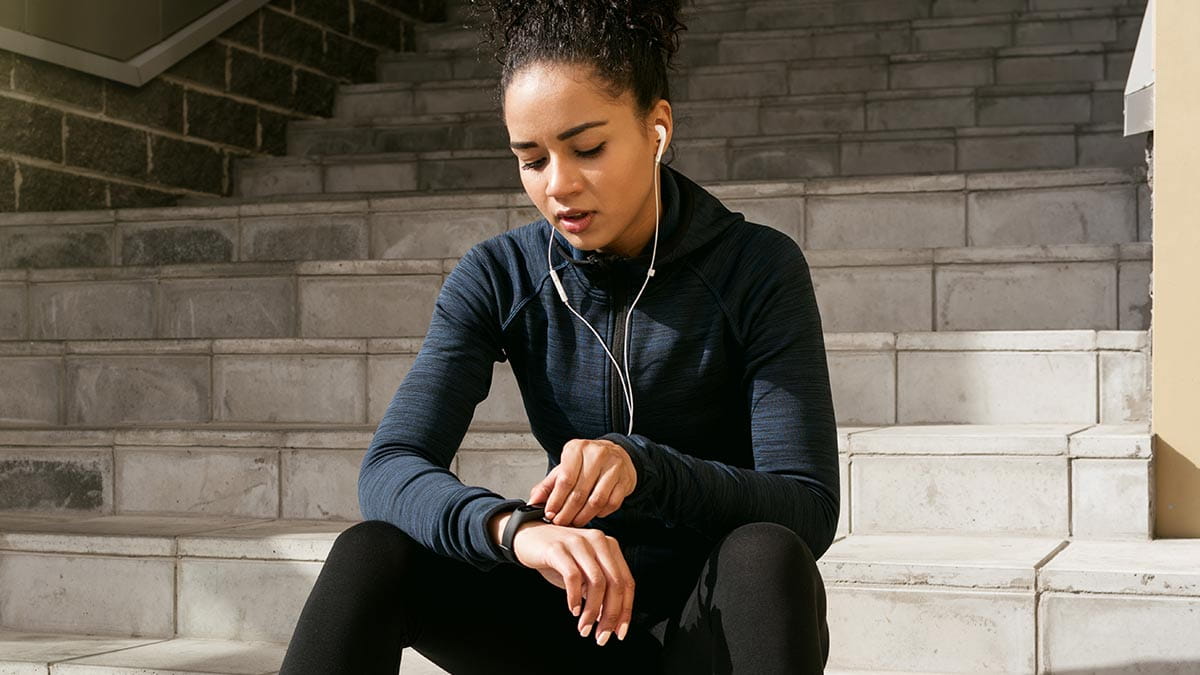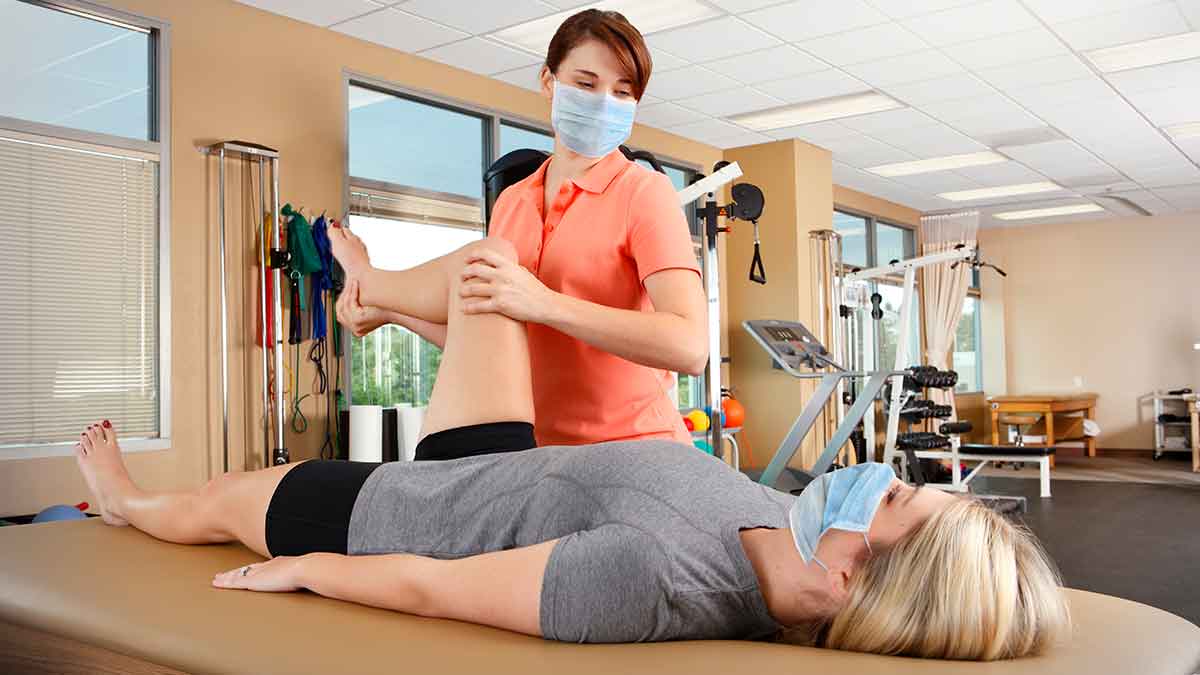What sleep positions are best for your back?

An estimated 80 percent of adults will experience back pain at some time in their lives. For some, the back pain may be caused or exacerbated by the way they sleep.
The best sleep positions will keep your spine in a neutral position, or match the natural contour of the spine. This is important because a neutral position minimizes certain pressure points along the spine that don’t need to be under stress. When those pressure points are under stress, it may create pain when you wake up in the morning.
There are no formal classes or training manuals on the right way to sleep. People usually settle into the sleep position that’s most comfortable for them. Here are the three common sleep positions and how to modify them for optimal back health.
Back
The best sleep position to keep your spine neutral is on the back. When you sleep on your back, place a pillow under your knees and a little roll underneath the small of your neck. The pillows will help you maintain the natural curves of the spine.
Side
If you’re more comfortable sleeping on your side, place a pillow under your neck so it’s in alignment with the rest of your spine and a pillow between your legs so one leg doesn’t stretch over the other leg causing your pelvis to tilt. You can flex your hips and knees a little but not so high that your spine curves outward.
Stomach
Sleeping on your stomach is probably the hardest on your back. If you prefer to sleep on your stomach, place a small pillow under the pelvis or lower belly so it maintains the arch of your back. You may still experience some neck discomfort when you sleep on your stomach because you have to turn your head one way or the other.
Besides sleep position, there are a few other things to consider to keep your back healthy:
Pillows
Choose a pillow that is comfortable for you. Make sure it’s not too high or it will create hyperflexion, straining the neck.
Mattresses
The ideal mattress should be comfortable and support the natural curve of your spine. When shopping for a mattress, consider how you sleep and your body type. This is especially important if you sleep on your side. If you have a straight body frame with narrow hips, soft or firm mattresses are fine. If you have wider hips, look for a mattress that allows your hips to sink a little to maintain alignment.
Exercise
It’s always good to stay physically active, keep your spine limber and your core strong. Exercise at least three times a week and aim for a combination of cardio, strength training and stretching. Yoga is a good stretching exercise.
Maintain a healthy weight
Extra weight shifts your center of gravity putting stress on your spine. Weighing too little can lead to low bone mass and an increased risk of osteoporosis. Work with your primary care provider to determine your healthy weight.
Avoid nicotine
Nicotine impacts the health of the discs in our back. Smoking can reduce blood flow to the spine and restrict bone growth, and increase the rate of disc degeneration. Nicotine also increases the risk of osteoporosis.
Lift responsibly
Practice good posture especially when you’re lifting objects. The mantra lift with your knees, not with your back is true. Keep objects you’re lifting close to you, place your feet in a wide stance and bend with your knees and not your back.
Elizabeth Yu is an orthopedic surgeon specializing in spine disease and disorders at the Comprehensive Spine Center at The Ohio State University Wexner Medical Center.




